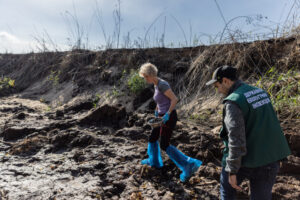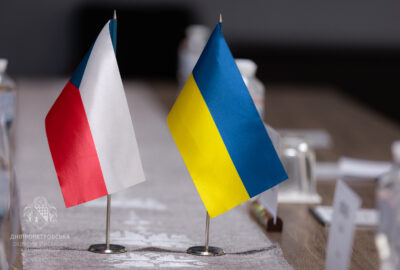At the end of October, experts of the “Clean Air for Ukraine” project, together with representatives of the State Environmental Inspectorate of the Southern District, investigated the Dnipro River and the mouth of the Kakhovka Reservoir for the second time after the dam was blown up. As before, soil and, sediment samples were taken at various locations near Zaporizhzhia, including also the public city beach.
DDT on the beach
Czech and Ukrainian ecologists have already explored the bottom and the banks of the Dnipro in July of this year after the explosion of the Kakhovskaya HPP. The analysis of the selected samples was done in the Czech Republic and the Netherlands. Experts found, among other things, in the sediment, the long-forbidden and dangerous insecticide DDT.
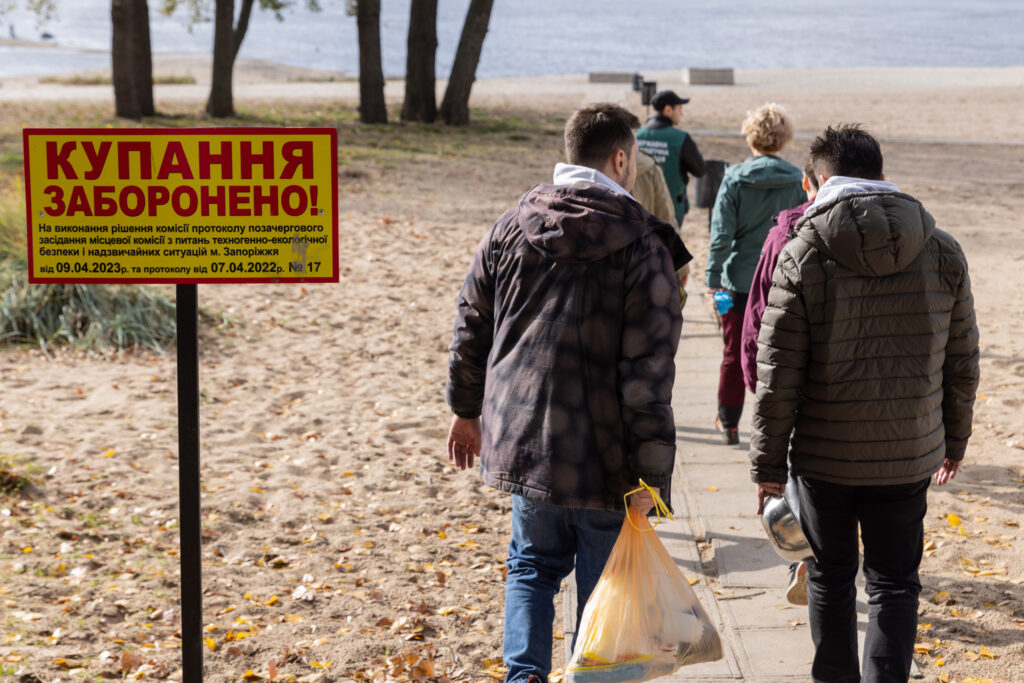
“In July, we took samples for analysis from the bottom of the Kakhovka Reservoir, at the mouth of the reservoir and from the Dnipro River. The results surprised even the local experts. The most harmful substances found on the public beach are petroleum substances and heavy metals. Their content many times exceeds the permissible norms. Some of the detected substances are carcinogenic, even DDT – an organochlorine pesticide – was found, so further relevant studies will be conducted. They pose the greatest danger when they get into the food chain,”– emphasizes Marcela Chernokhova, coordinator of the “Clean Air for Ukraine” project.

In addition to DDT, heavy metals, arsenic, chromium, and mercury were also found in the samples. The researchers found DDT exactly on the beach, where people usually swim, and where food establishments are located.
“The discovery of DDT shocked us the most. After all, we found a dangerous substance in a public and accessible space – the city beach. But we don’t want to panic, on the contrary, we want to check it again and get more information,“– she adds.

New samples — new challenges
This time, the project team decided to explore new locations south of Zaporizhzhia. At the same time, they revisited the previous sampling sites to take new samples and compare them in the future.
“We are located south of Zaporizhzhia on the right bank of the Dnipro River. We will take more samples to follow up the previous summer sampling. At each location, we make a so-called mixed sample: we take sediment or soil from several points and mix them to increase the representativeness of the sample,”– says Chernokhova.

Marcela explains that it was on the basis of the first indicative analyzes that the researchers discovered that there was problematic contamination in certain sampling locations.
“Now we are trying to either determine the source of pollution and say whether it is one localized source, or to test the hypothesis that there are several sources,” – explains the coordinator of the “Clean Air for Ukraine” project.
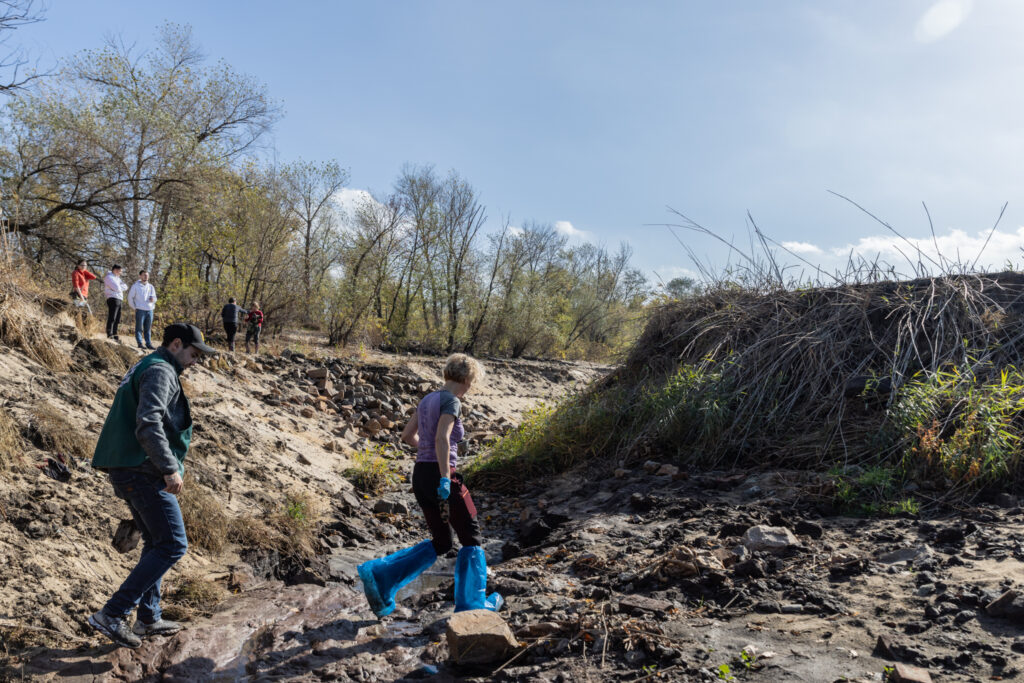
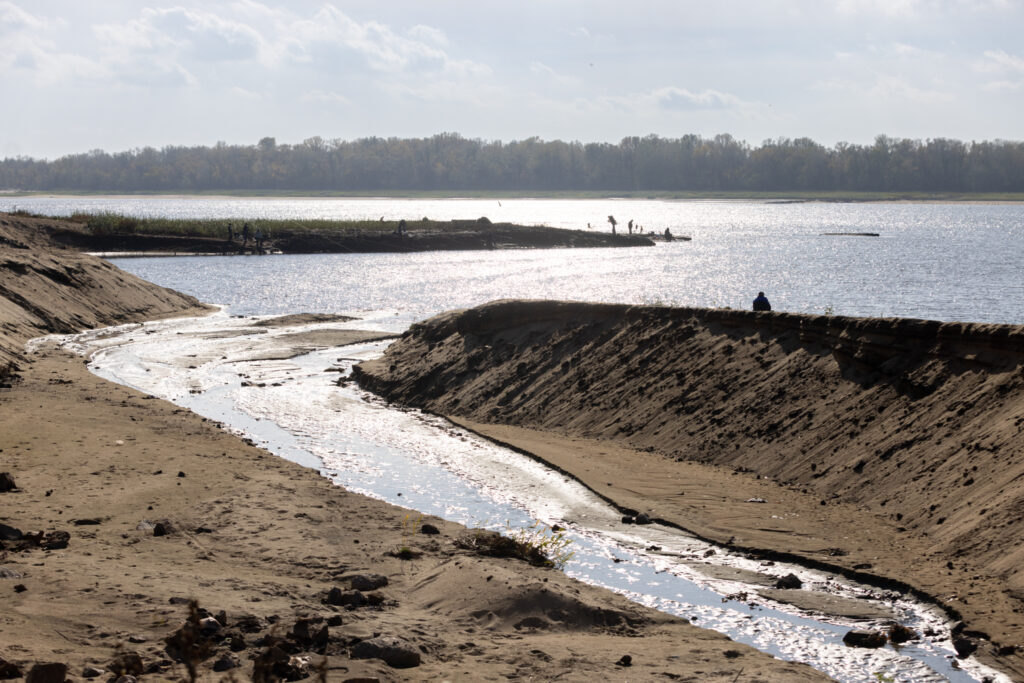
From a lunar landscape to a deciduous forest
According to Marcela, during the summer trip, there was no water on the other side of the Dnipro River, and everything resembled a lunar landscape.
“When you drive up to the mouth of the Kakhovka Reservoir, you can actually see plants as tall as an adult. And in some places a full-fledged young deciduous forest,”– Oleksiy Angurets, an expert in ecology and sustainable development, states what he saw.
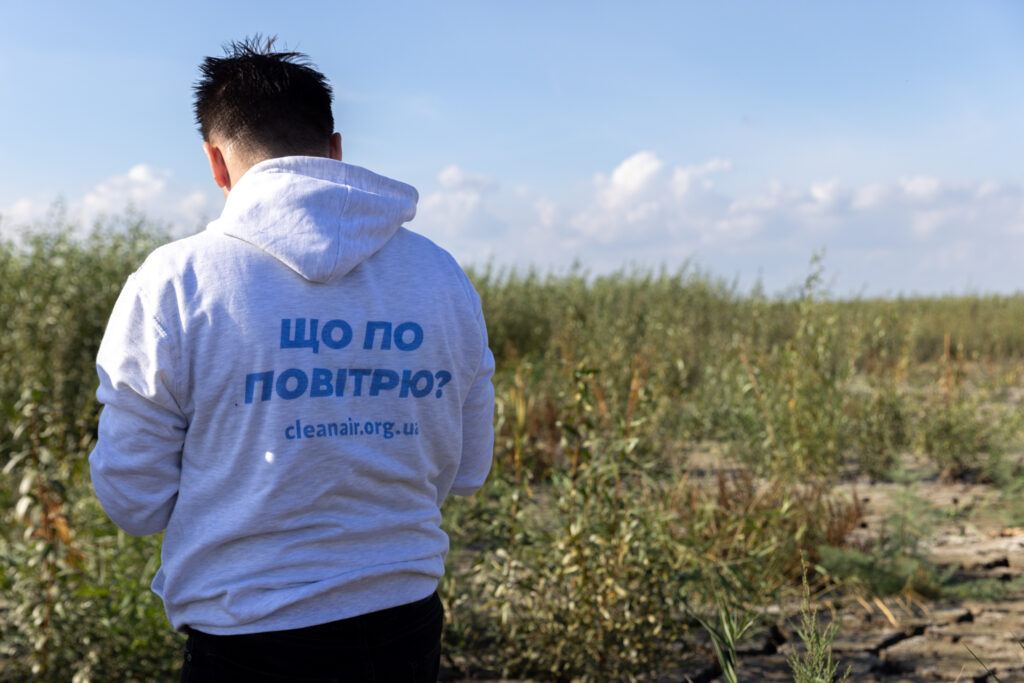
Oleksiy Angurets at the bottom of the Kakhovsky Reservoir after the detonation of the HPP near Zaporizhzhia
Фото Majda Slamova.
See more photos at the link here.




